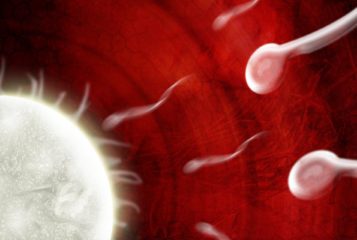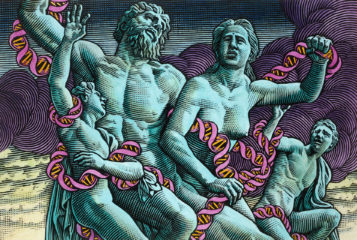Australia has been a noted pacemaker in the field of assisted reproduction. It was the first nation to report embryo relinquishment for family-building (1), and a pregnancy (2) and live birth (3) from a previously cryopreserved human embryo.
The Australian state of Victoria was among the world's first jurisdictions to remove the rights of gamete and embryo donors to remain anonymous, allowing - with statutory endorsement - a donor-conceived person to learn the identity of her or his donor (4).
The Australian states of Western Australia (5) and New South Wales (6) have followed Victoria's lead. In September 2010, South Australia made a quartet of Australian states to abandon the legal protection of donor anonymity due to the Assisted Reproductive Technology Treatment Regulations 2010 made under the Assisted Reproductive Treatment Act 1988 coming into force (7). Virtually all donor conception procedures performed in Australia now operate on the basis on non-anonymity.
The policy change in South Australia provides evidence of the (albeit slow) shift internationally towards using gametes and embryos from identifiable donors. South Australia brings to 13 (8) the number of jurisdictions that provide legislative reinforcement to the notion a donor-conceived person should be able to learn the identity of her or his donor. Recent debates in Canada, however, indicate the global path to 'reform' is far from uniform (9).
As might be expected, legislative and regulatory requirements and procedures in these jurisdictions share common features, such as the establishment of registries. The South Australian government intends to establish a donor conception register and anticipates the necessary regulations will come into effect by early to mid 2011.
A unique feature of how the South Australian legislation has removed of donor anonymity is - unlike other jurisdictions - it has done so obliquely rather than directly. Under Section 15 of the Act, the 'Minister may keep a register of donors of human reproductive material' (Section 15(1)) and 'if the Minister does keep the donor conception register (Section 15(2))' any such register must contain the names of the donor, the recipient of donated gametes or embryos and any child born as a result of the donation.
Despite this cautious wording in Section 15, Section 8(2)(a) of the Assisted Reproductive Technology Regulations 2010 gives individuals conceived using assisted reproductive technologies (ART) the right to know their genetic heritage indirectly. Section 8(2)(a) amends Section 9(1)(e) of the Assisted Reproductive Treatment Act 1988 so clinics must comply with the Ethical Guidelines on Assisted Reproductive Technology, published by Australia's National Health and Medical Research Council (9) as a necessary condition of registration to provide assisted reproductive treatment. These guidelines state:
'Persons conceived using ART procedures are entitled to know their genetic parents. Clinics must not use donated gametes in reproductive procedures unless the donor has consented to the release of identifying information about himself or herself to the persons conceived using his or her gametes. Clinics must not mix gametes in a way that confuses the genetic parentage of the persons who are born'. (section 6(1))
The South Australian government also intends - as other jurisdictions have done - to establish a voluntary contact register (VCR) for donations made before the ending of donor anonymity. VCRs are a recent innovation and evidence of their operation remains limited (10). Maybe the South Australian initiative will provide the necessary impetus for an international evaluation of these registers and for them to become the internationally-accepted approach to reconciling newly-acknowledged rights of donor-conceived people to information with previous assurances of anonymity given to donors (11).
Sources and References
-
02) Trounson, A. & Mohr, L. Human pregnancy following cryopreservation, thawing and transfer of an eight-cell embryo
-
03) Downing, B., Mohr, L., Trounson, A., Freeman, L., & Wood, C. Birth after transfer of cryopreserved embryos
-
04) Infertility Treatment Act (amended by the Assisted Reproductive Treatment Act 2008)
-
05) Human Reproductive Technology Amendment Act
-
06) Assisted Reproductive Technology Act
-
07) Assisted Reproductive Treatment Act
-
11) Blyth, E. and Frith, L. Donor-conceived people's access to genetic and biographical history: An analysis of provisions in different jurisdictions permitting disclosure of donor identity
-
01) Trounson, A., Leeton, J., Besanko, M., Wood, C., & Conti, A. Pregnancy established in an infertile patient after transfer of a donated embryo fertilised in vitro
-
10) Crawshaw, M. and Marshall, L. Practice experiences of running UK DonorLink, a voluntary information exchange register for adults related through donor conception
-
08) National Health and Medical Research Council Guidelines on Assisted Reproductive Technology
-
09) Blyth, E. Davina and Goliath: The personal cost of seeking justice






Leave a Reply
You must be logged in to post a comment.